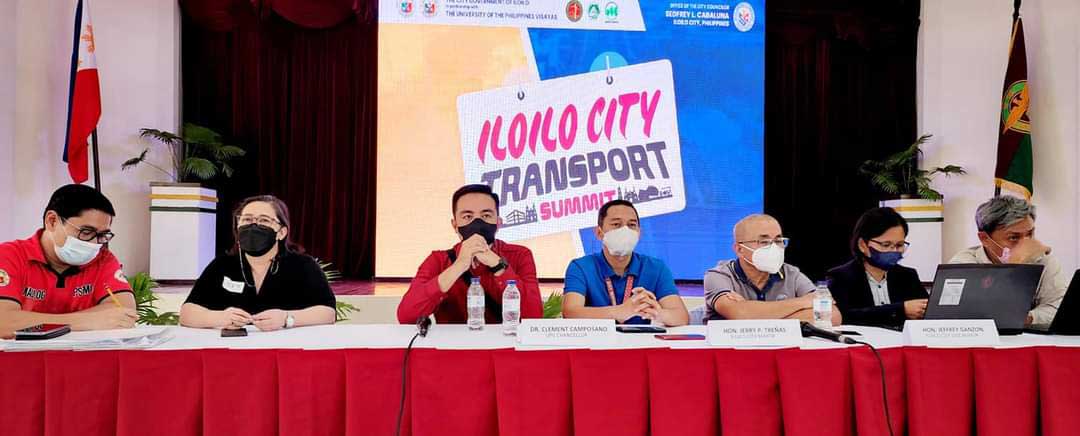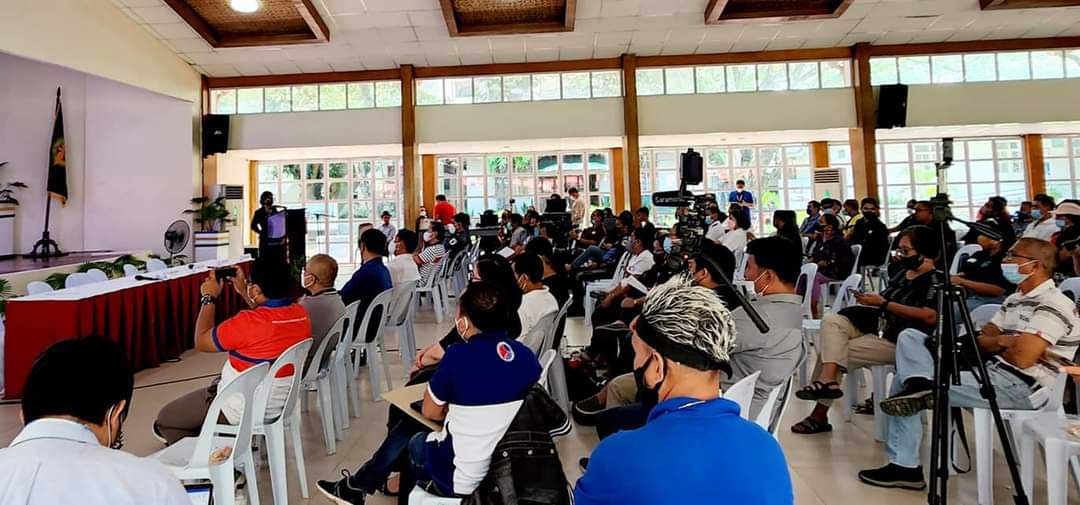By Joseph B.A. Marzan
The effects of the Local Public Transport Route Plan (LPTRP) on local businesses andthe public’s daily expenses, as well as the demand for routes between Iloilo City and province, were the top concerns in the implementation of the said plan, the city government bared on Tuesday.
During the transport summit organized by the office of City Councilor Sedfrey Cabaluna, the Sangguniang Panglungsod’s transportation committee chairperson, four main concerns related to the LPTRP routes were noted.
The recurring issues found by the city government’s technical working group (TWG) during the consultations include:
- Passengers paying for extra distance on some routes;
- Public transport rerouting had lost coverage for business in the city’s downtown, at the Iloilo Terminal Market, Brgy. Buntatala in Jaro district, the People’s Homesite and Housing Corporation (PHHC) areas in Mandurriao district, and several barangays in Lapuz district;
- Sentiments for the return of routes from the “first towns” or the Iloilo province towns of Leganes, Oton, Pavia, and San Miguel; and
- Additional travel times for some routes which were left unmodified in the current version of the LPTRP.
There were also common issues amid the LPTRP implementation which were not related to routes, such as:
- Wayfinding (lack of informative maps, route name confusion, stops where commuters ca transfer to other jeepney lines);
- Service (number of units lacking, long waiting time at terminals, no-show operators at some routes, and lack of dispatch for non-peak and graveyard hour schedules);
- Cargo of produce and materials;
- Fares; and
- Harassment allegedly perpetrated by tricycle drivers.
Public Safety and Transportation Management Office (PSTMO) chief Jeck Conlu, one of the members of the TWG, said that they modified many of the routes based on the concerns raised by stakeholders.
These include shortening several routes by deleting low-density stops or redirecting to near high-density ones, including the Terminal Market, Brgy. Buntatala, PHHC, and major Lapuz stops into respective routes, and coordinating with the Iloilo provincial government on possible city loop routes or extended routes with jeepney units from the first towns.
As to the non-route concerns, the TWG proposed the following solutions:
- Information, education, and communication materials through print, social media, and public orientations;
- Fleet management through transport cooperatives and the Land Transportation Franchising and Regulatory Board, and extension of “first town” routes to unburden terminals;
- Traditional jeepneys to assume cargo service, as modernized jeepneys are not capable of accommodating a wholesale volume of market goods and other products;
- Suggesting non-airconditioned modernized Public Utility Jeepneys as cheaper options; and
- Increased police visibility as augmented by barangay tanods and assessment of tricycle and pedicab routes to serve “last mile” services.
Conlu admitted that the PSTMO and all city officials who were involved in the LPTRP had their lapses in implementing, but expressed optimism as this was all part of implementing changes.
“We know that there are many issues to be thrown, and many complaints because there are changes, but we did not fail to tell the people that we are here to acknowledge failures, our mistakes, and our gaps. There are things tackled by the media that we have noticed to have been overlooked in the process,” he said.
He also stated that the extension of the LPTRP’s suspension issued by Iloilo City Mayor Jerry Treñas last week would serve to allow them to conduct further consultations and make sure that the finalized plan would be responsive to the current demand as well as the lived experiences of commuters.


















